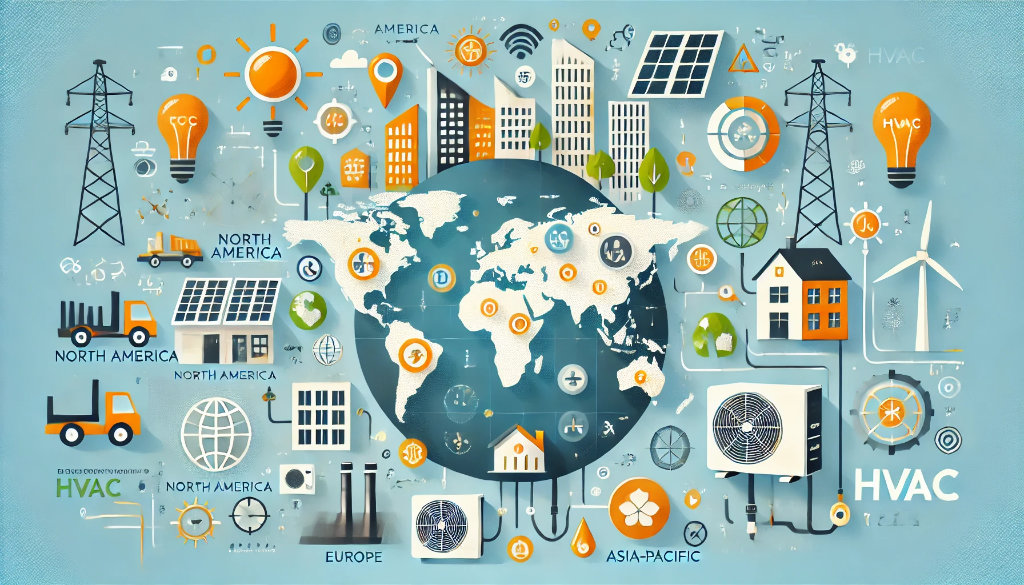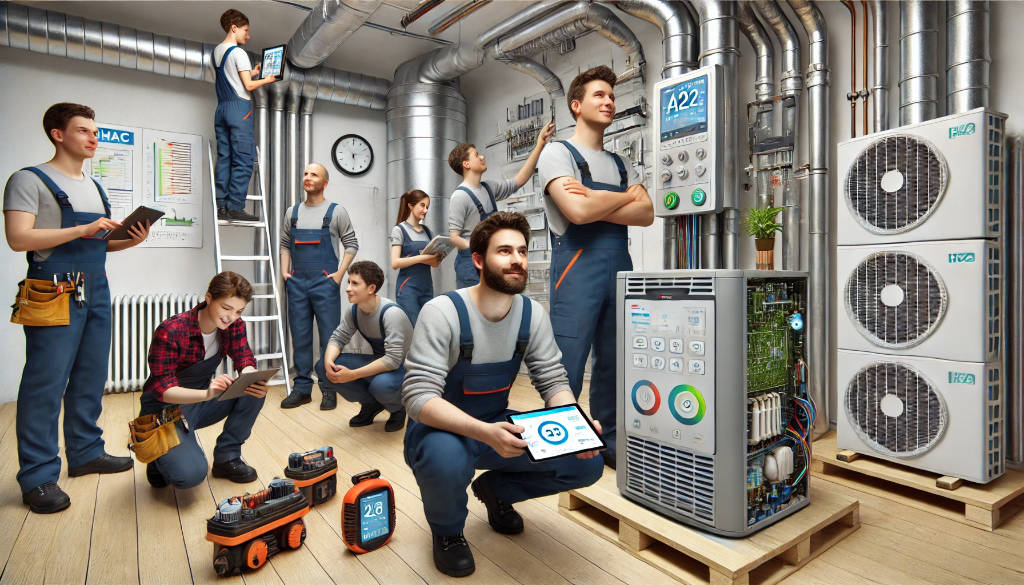Explore key growth areas in the regional HVAC market. Find insights and strategies for contractors to leverage trends from urbanization to green tech.
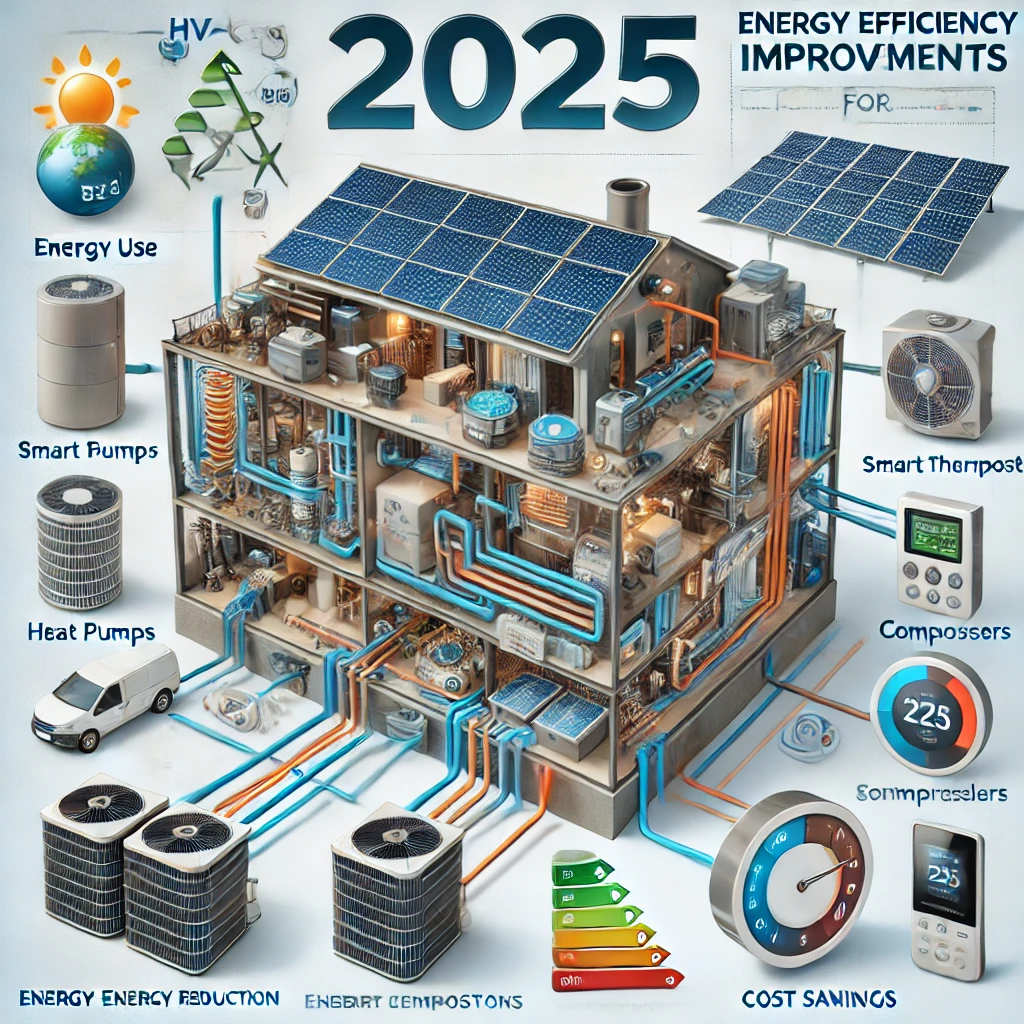
2025 HVAC Trends: Industry Outlook and Growth Opportunities
As we look ahead to 2025 HVAC trends, the industry is poised for transformative growth, driven by technological innovations and a heightened focus on sustainability. In this cornerstone article, we’ll explore the critical 2025 HVAC trends shaping the HVAC landscape, opportunities for industry professionals, and cutting-edge developments that will revolutionize heating, ventilation, and air conditioning systems in the coming years.
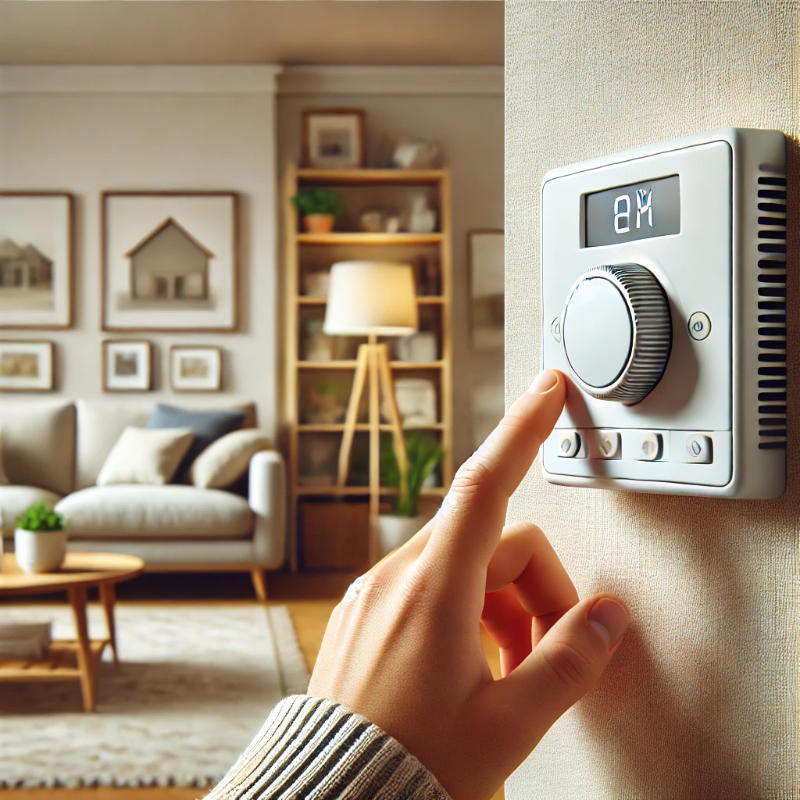
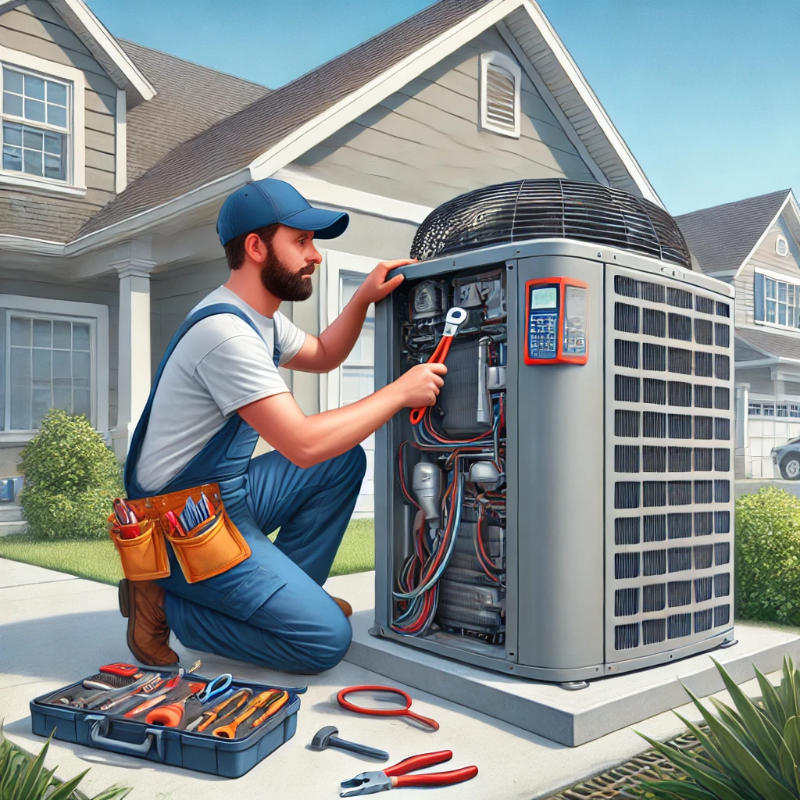
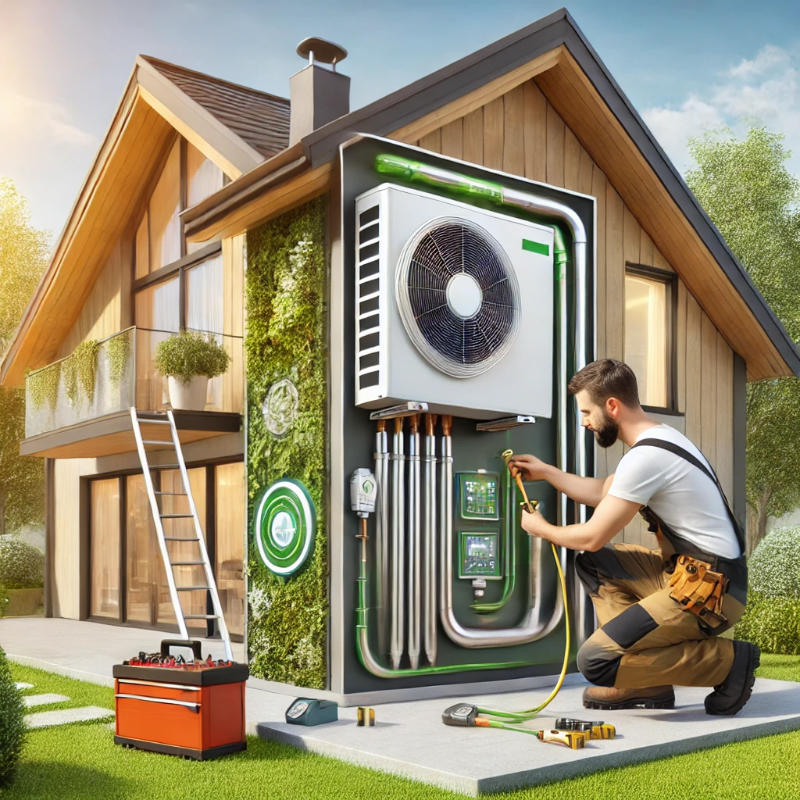
The State of 2025 HVAC Trends and Industry Growth
The HVAC industry is projected to experience significant growth in 2025, driven by increasing global demand for energy-efficient solutions. The emphasis on green building practices, stricter government regulations on carbon emissions, and advancements in smart technologies are reshaping how HVAC systems are designed, installed, and maintained. HVAC professionals are central to this shift, with new opportunities arising from both commercial and residential sectors.
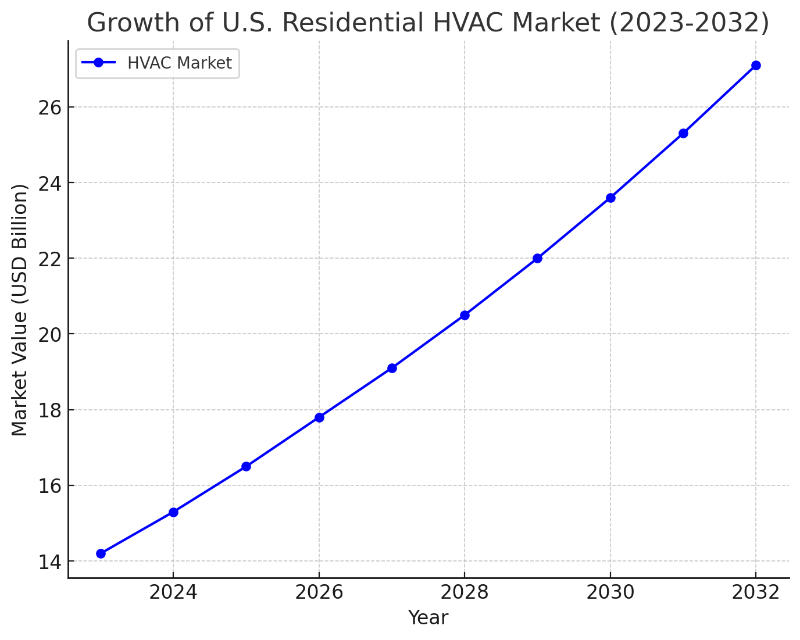
Growth of the U.S. Residential HVAC Market (2023-2032): This chart shows the expected growth of the HVAC market from 2023 to 2032, with the market growing from USD 14.2 billion in 2023 to USD 27.1 billion by 2032.
Key Growth Drivers of 2025 HVAC Trends
- Energy Efficiency Initiatives: Governments worldwide impose stricter regulations to curb carbon emissions. HVAC manufacturers are responding with energy-efficient systems that reduce energy consumption and reliance on fossil fuels.
- Climate Change and Extreme Weather: Rising temperatures and unpredictable weather patterns are increasing the need for HVAC solutions that adapt to varying conditions, creating demand for systems that provide both heating and cooling flexibility.
- Aging Infrastructure: Many buildings have outdated HVAC systems that no longer meet current efficiency standards. The need for retrofitting and upgrading these systems will continue to grow in 2025.
2025 HVAC Technology Trends
Technological innovation is a significant force behind the HVAC industry’s evolution. In 2025, new technologies will redefine how systems operate, how technicians manage installations, and how homeowners and businesses control their indoor environments.
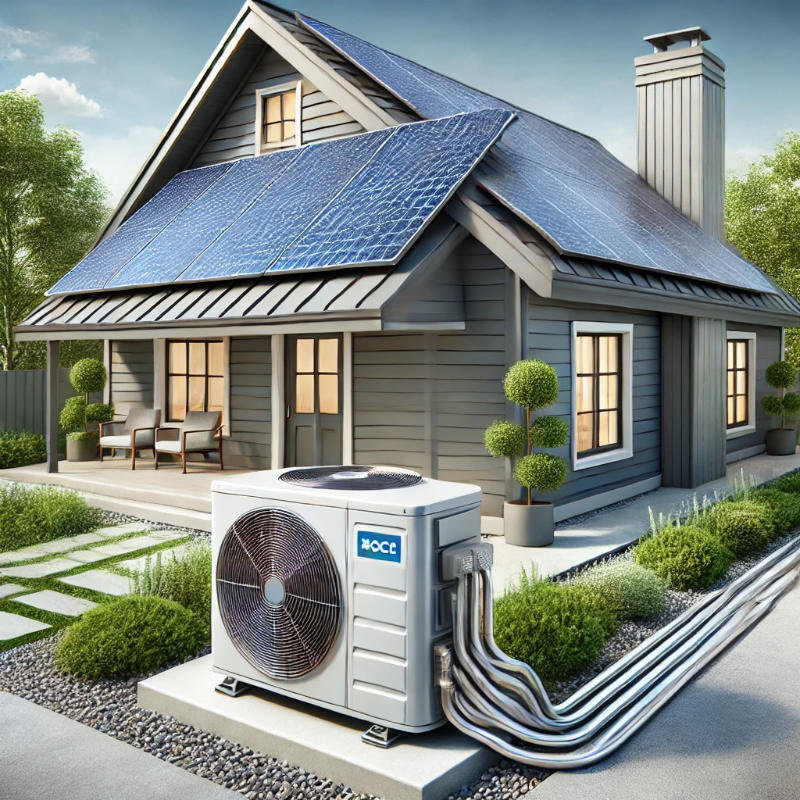
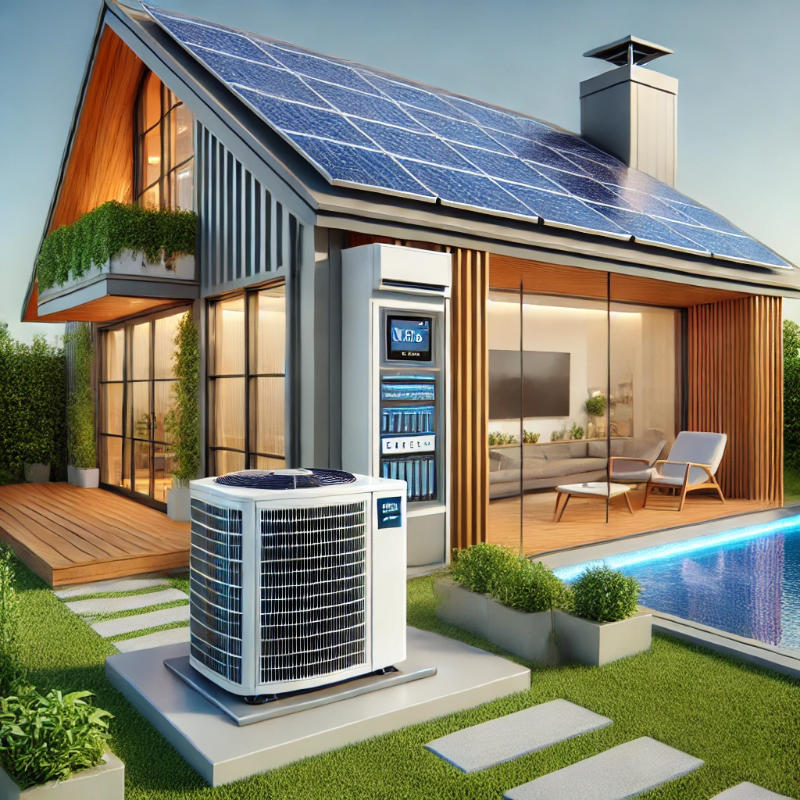
1. Smart HVAC Systems
With the integration of smart home technologies, HVAC systems in 2025 will be more connected and intuitive than ever. IoT-enabled devices allow remote monitoring, personalized climate control, and automated maintenance alerts. These advancements improve user convenience and reduce energy waste through more efficient system management.
Example: Smart thermostats with AI algorithms will learn user preferences and adjust temperatures in real time to optimize comfort while minimizing energy consumption.
2. Sustainable Solutions in 2025 HVAC Trends
Sustainability will continue to drive innovation in the HVAC industry, particularly with the growing demand for systems that use renewable energy sources like solar and geothermal. Heat pumps, for instance, have gained popularity as a sustainable alternative to traditional heating and cooling methods. These systems use less electricity, lower operational costs, and reduce greenhouse gas emissions.
Example: Hybrid HVAC systems, which combine electric heat pumps with gas furnaces, offer a more sustainable and flexible approach to meeting heating and cooling needs across different climates.
3. Decarbonization and 2025 HVAC Trends
As part of the global push towards net-zero carbon emissions, HVAC systems are designed with decarbonization in mind. Innovations like electric-powered systems and refrigerants with low global warming potential (GWP) are critical to this shift.
Example: Refrigerants such as R-32 and R-454B replace older, environmentally harmful refrigerants like R-410A, which have higher GWPs.
The growth of decarbonization in HVAC systems is being driven by several key trends in both regulatory changes and market demand. Here are some important data points and trends:
- Electrification of HVAC systems: Heat pumps, which provide a more efficient alternative to traditional HVAC systems, are gaining widespread adoption, especially in regions like Europe and North America. In Europe, initiatives like the REPowerEU Plan aim to double heat pump installations yearly to reduce fossil fuel dependency and to deploy 10 million heat pumps by 2027 (HVAC Informed).
- Heat Pumps and Decarbonization: In the U.S., the focus on reducing carbon emissions has led to an increase in the adoption of inverter heat pumps and high SEER-rated systems, as they are more energy-efficient and reduce reliance on natural gas. Federal incentives and utility rebates encouraging homeowners to switch to decarbonized systems (ASHRAE)(Rheem) are accelerating this trend.
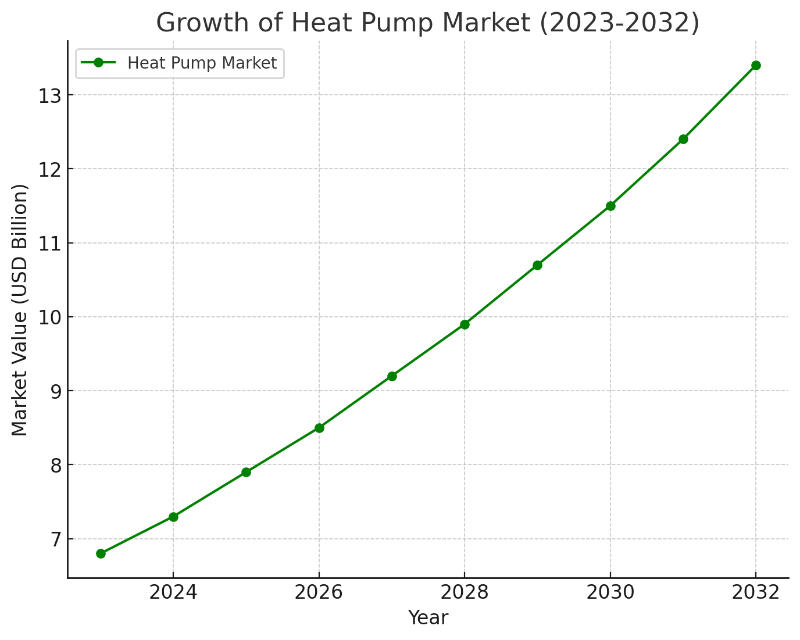
- Regulatory Push: The U.S. is also pushing the decarbonization of HVAC systems through the phasedown of high-GWP refrigerants, such as HFCs. By 2024, there will be a 30% reduction in the production and consumption of these refrigerants, encouraging the adoption of low-GWP alternatives and fully electric HVAC systems (ASHRAE).
These trends are expected to significantly increase the share of decarbonized HVAC systems over the next several years as regulations tighten, and consumers and businesses look for energy-efficient, environmentally friendly alternatives. Over the next several years, as regulations tighten. Consumers and businesses look for energy-efficient, environmentally friendly alternatives.
4. AI and Predictive Maintenance
Artificial intelligence (AI) is revolutionizing HVAC system diagnostics and maintenance. Predictive maintenance technology leverages data analytics to predict potential system failures before they occur, reducing downtime and maintenance costs. This is becoming a major trend as businesses and homeowners seek more reliable HVAC systems.
Example: Sensors embedded in HVAC systems continuously monitor performance and send technicians real-time alerts when potential issues arise, allowing for proactive repairs.
Regional Growth Trends in the HVAC Market
The HVAC market is experiencing varied growth across different regions, driven by local climate demands, construction trends, and government regulations. From the booming commercial construction in the Southern U.S. to the rapid urbanization in Asia-Pacific, these regional differences offer insight into the most significant opportunities for HVAC innovations and energy-efficient solutions. Below is a breakdown of key regions leading the growth in HVAC demand:
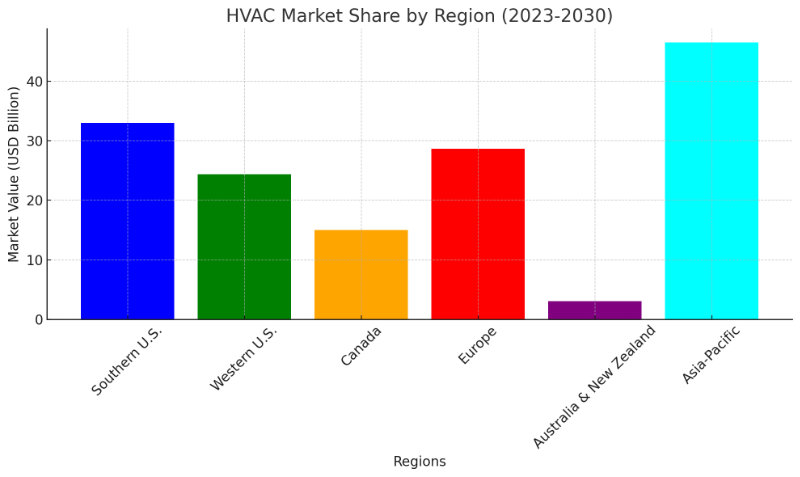
Southern U.S.: This region accounted for over 33% of the U.S. HVAC market share in 2022. The growth is driven by the rapid construction of commercial units, especially in states like Texas, Florida, and Arizona. The population growth in these areas and the booming housing market have contributed significantly to the rising demand for HVAC systems (Arizton).
Western U.S.: The West region held a significant share of the HVAC market, accounting for 24.4% in 2023. This is attributed to ongoing commercial and industrial projects and a growing population. The need for HVAC systems in new residential constructions and commercial infrastructure has driven this demand (Grand View Research).
Canada: The Canadian HVAC market is seeing robust growth, primarily due to the flourishing construction industry driven by governmental investments in residential and social infrastructure projects. This is expected to continue as Canada invests billions in infrastructure development over the next decade (Grand View Research).
Europe: The European HVAC market is expected to grow from USD 28.67 billion in 2024 to USD 38.75 billion by 2030. The region’s focus on energy efficiency and decarbonization, mainly through heat pump adoption, drives this growth. Government incentives and regulations are playing a significant role, with heat pumps being promoted as a solution to reduce carbon emissions (Global Information) (Market Research Reports).
Australia and New Zealand: The HVAC market in these countries was valued at USD 3.06 billion in 2023 and is projected to grow at a CAGR of 6.0%, reaching USD 4.53 billion by 2030. The region’s growing number of residential and commercial projects, driven by urbanization and sustainability goals, contributes to the increasing demand for HVAC systems (P&S Intelligence) (Global Information).
Asia-Pacific: On the global scale, Asia-Pacific dominates the HVAC market, with countries like China and India benefiting from rapid urbanization, increased construction activities, and government subsidies for energy-efficient systems (Grand View Research).
The Evolving Role of Professionals in 2025 HVAC Trends
As technology advances, the role of HVAC professionals will evolve. While technical skills will remain critical, professionals must embrace digital tools and technologies to stay competitive.
1. Upskilling and Specialization
In 2025, HVAC technicians will be required to upskill, learning to work with smart systems, energy-efficient technologies, and new refrigerants. Certification programs focusing on sustainable HVAC practices and advanced troubleshooting techniques will become essential.
Example: More HVAC professionals are obtaining certifications in green technologies and smart system installations to meet the growing demand for energy-efficient solutions.
2. Remote Monitoring and Digital Tools
HVAC contractors will increasingly use digital tools for system monitoring and diagnostics. Remote monitoring allows for off-site system evaluations, while augmented reality (AR) and virtual reality (VR) tools assist in system repairs and installations, providing professionals with step-by-step guides or virtual assistance during complex tasks.
Example: VR-based training modules are helping HVAC technicians gain hands-on experience with the latest system technologies in a controlled, virtual environment, enhancing safety and learning outcomes.
Future Opportunities in 2025 HVAC Trends
Looking beyond 2025, the HVAC industry will continue to adapt and innovate. Emerging trends like sustainable urbanization, energy storage, and indoor air quality improvement will likely play key roles in shaping the future of HVAC systems.
1. Integration with Renewable Energy
The adoption of renewable energy in HVAC systems will accelerate. HVAC systems powered by wind or solar energy are expected to become more mainstream, especially in new constructions and retrofitted infrastructures.
2. Indoor Air Quality (IAQ) Technologies
The COVID-19 pandemic has raised awareness of indoor air quality (IAQ). Moving forward, HVAC systems that prioritize air filtration, humidity control, and ventilation will be increasingly sought after. Expect HVAC solutions that integrate IAQ monitoring tools and advanced filtration technologies to ensure healthier indoor environments.
3. HVAC as a Service (HaaS)
The shift towards HVAC-as-a-service models is expected to grow in the coming years. HaaS allows customers to lease HVAC systems rather than purchase them, offering flexible payment plans and ongoing maintenance services. This trend will open new revenue streams for HVAC companies while providing customers access to the latest systems.
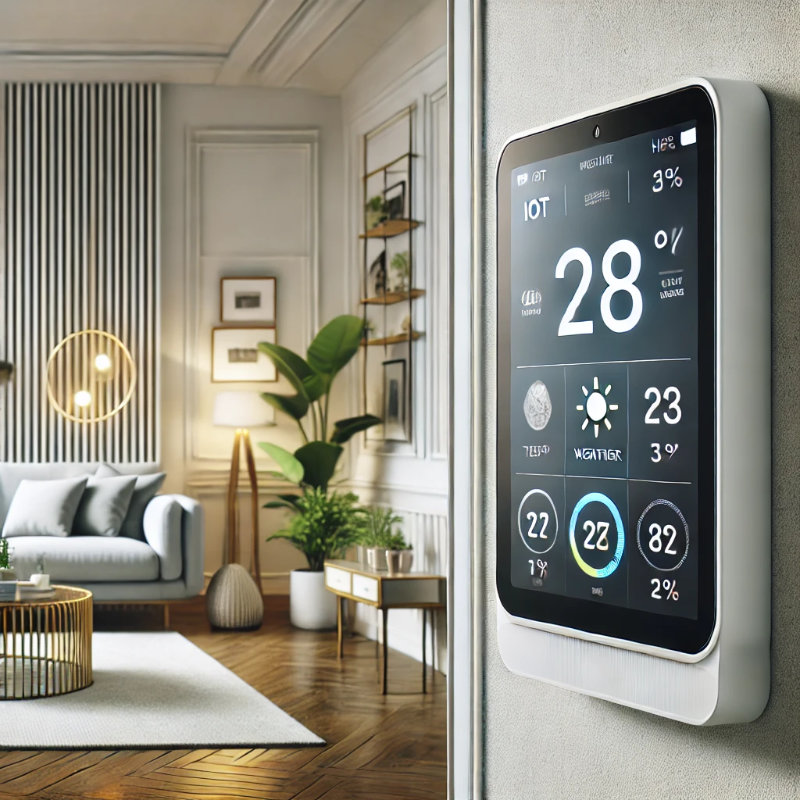
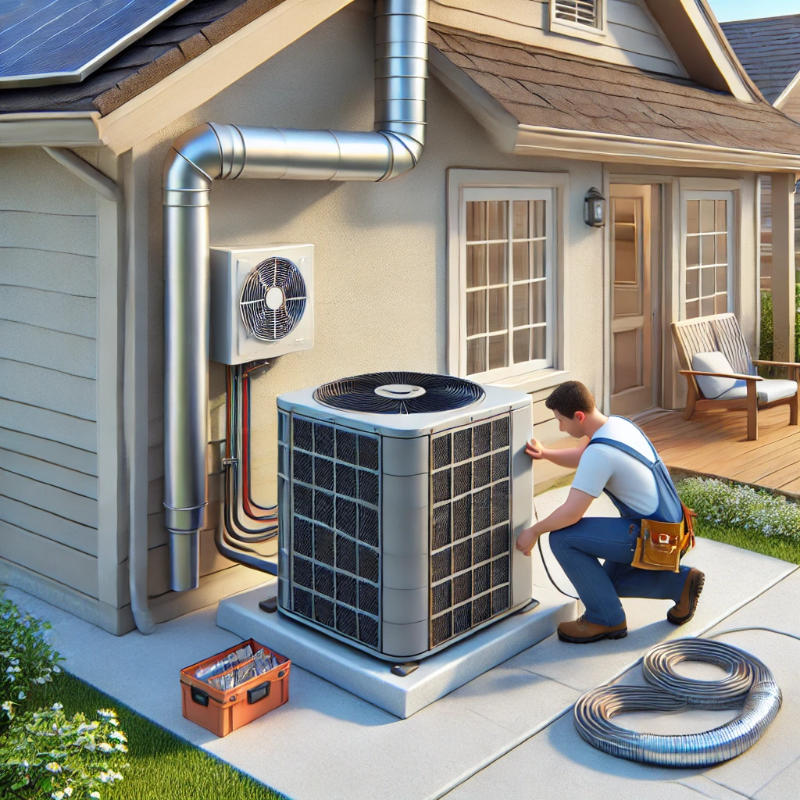
Conclusion
The HVAC industry is set to experience unprecedented growth and transformation in 2025. With innovations in smart technologies, sustainability, and decarbonization, HVAC professionals will be tasked with adopting new skills and tools to meet the evolving demands of the market. As we look to the future, those who embrace these changes will find themselves at the forefront of an exciting and rapidly advancing industry.

